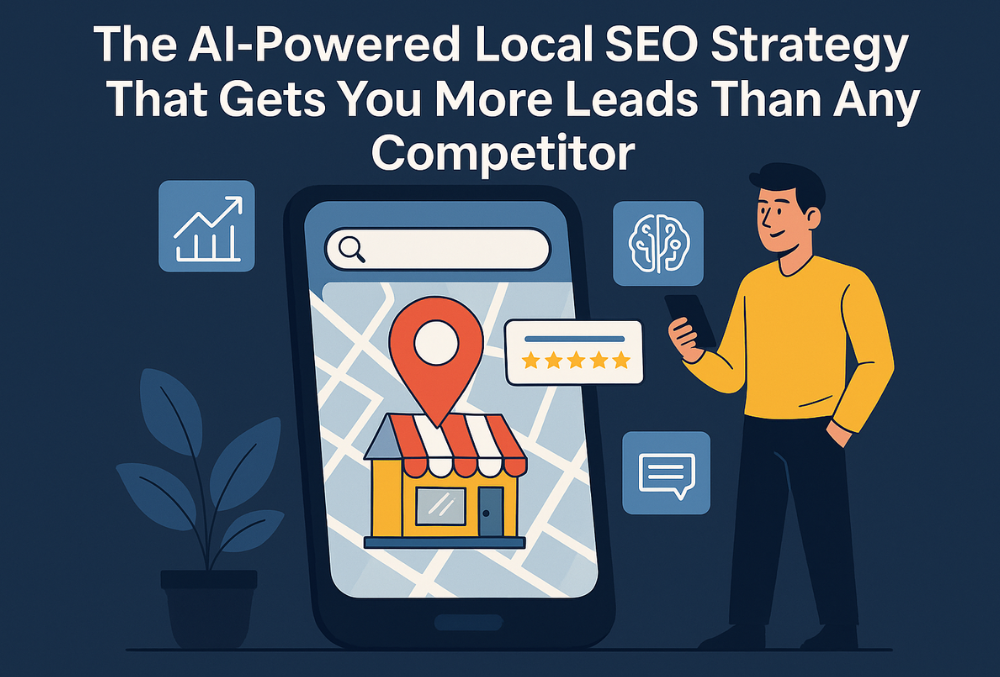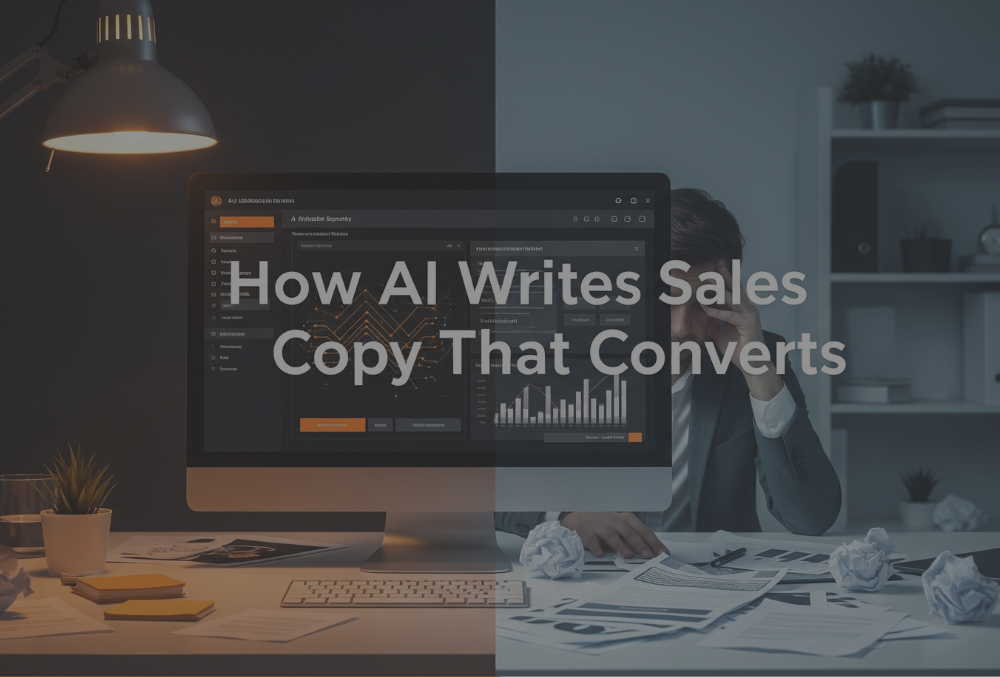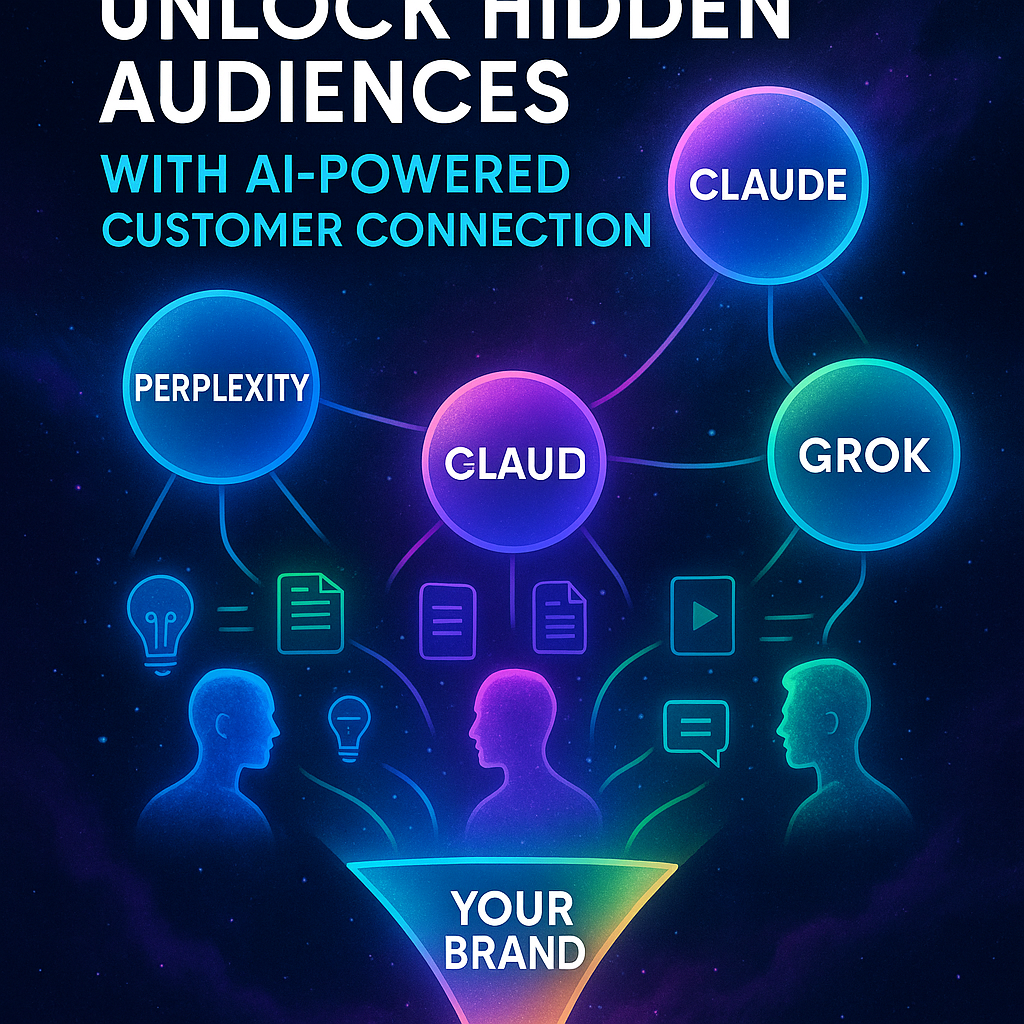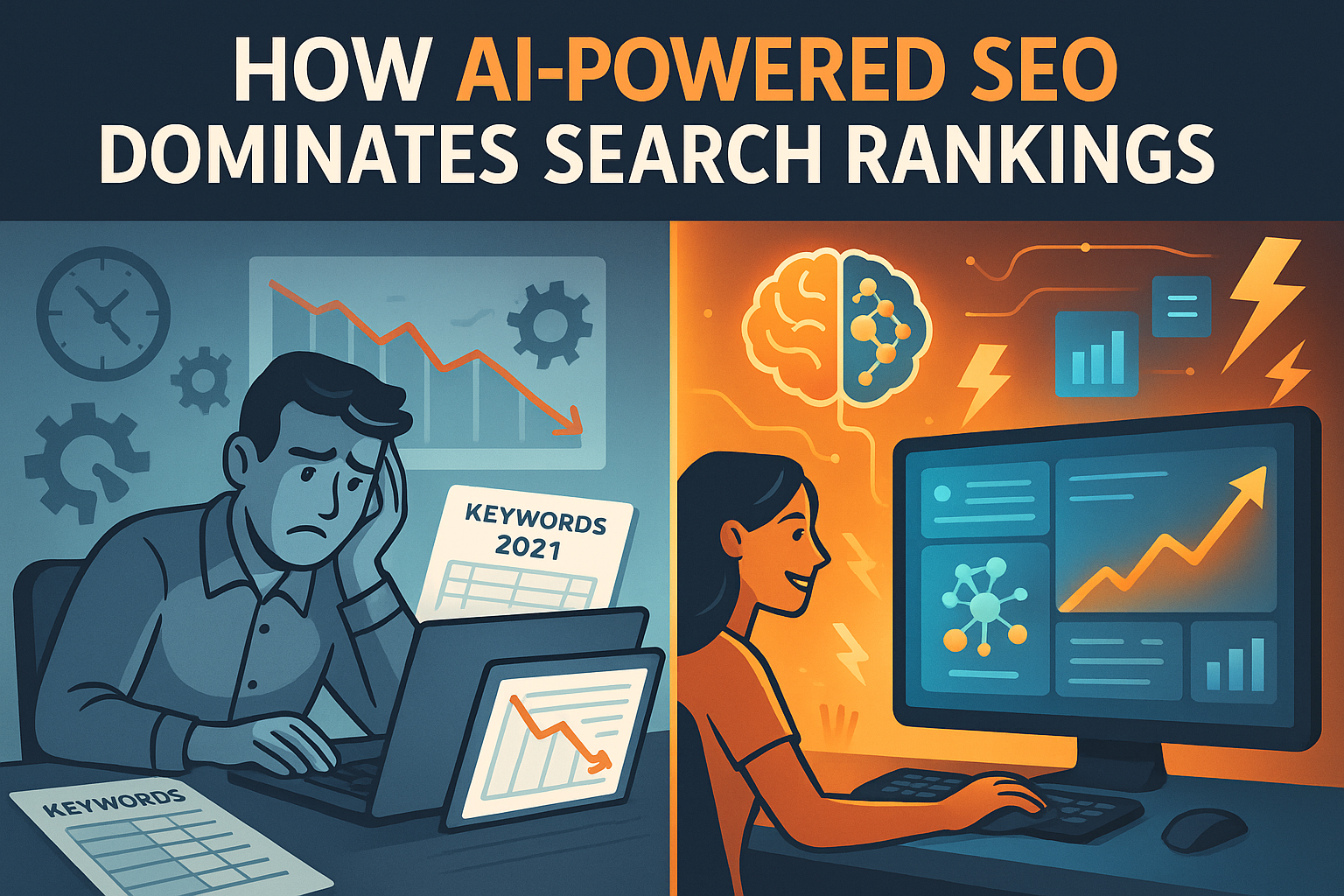SCoronel
Estefania Coronel is a Digital Marketing Intern at Digital Marketing Group LLC, where she contributes to SEO strategy, digital media management, and performance content initiatives. Currently based in Salt Lake City, she brings a strong foundation in legal services and a growing expertise in marketing communications.
With bilingual fluency in English and Spanish, Estefania bridges analytical thinking and creative execution—skills sharpened through her work in law, client relations, and tech support. She is completing her degree in Digital Marketing and Communications at Ensign College and is passionate about using digital tools to build meaningful brand experiences.







